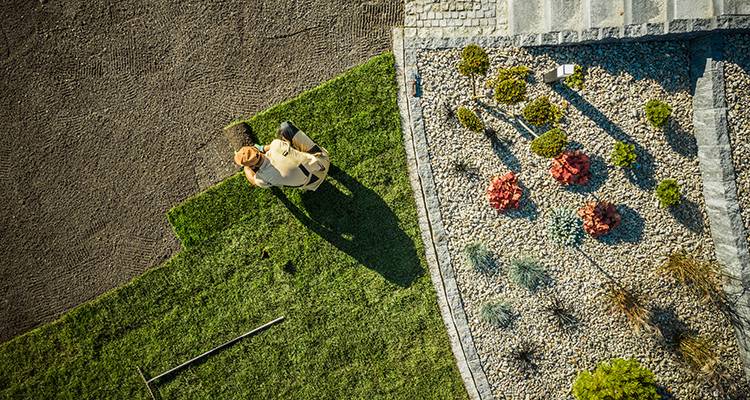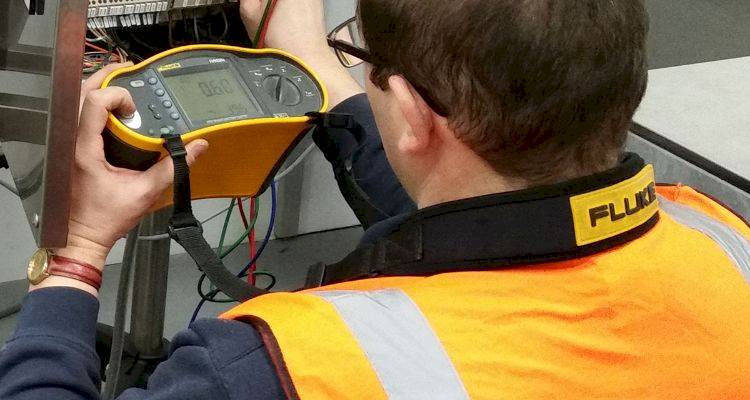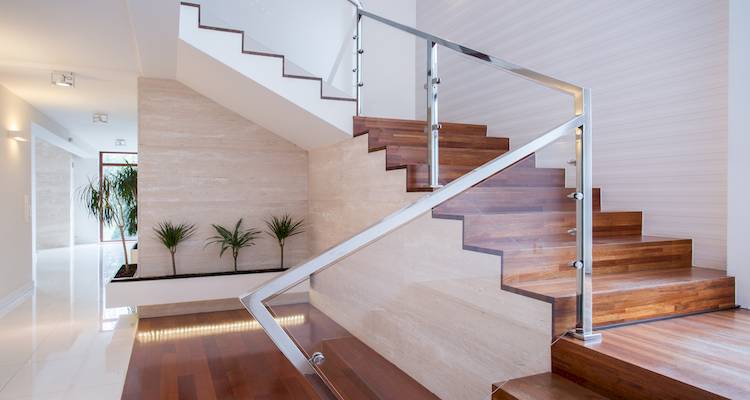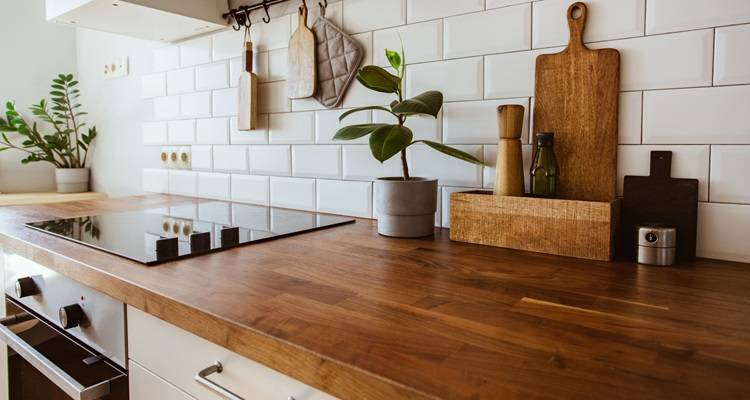Bungalow Loft Conversion Cost
- The average cost to convert a bungalow loft is around £35,000.
- The job will usually take between 8 - 10 weeks.
- A complete pricing information breakdown, including what impacts loft conversion costs, and what this type of job usually entails.
- How long the job will approximately take and a general overview of what kind of jobs can be performed.
- How to find and hire a conversion specialist.
Find out exactly how much a bungalow loft conversion costs!
In this guide, we take a look at dormer bungalows, the cost of Velux loft conversion, and labour fees.
On average, it will cost you around £35,000 to convert the loft room.
Ready for a quote?
If so, we have a range of loft conversion specialists, all ready to offer you a free, no obligation quote!
Take a look out our detailed bungalow conversion guide below to discover everything you need to know about bungalow loft conversions.
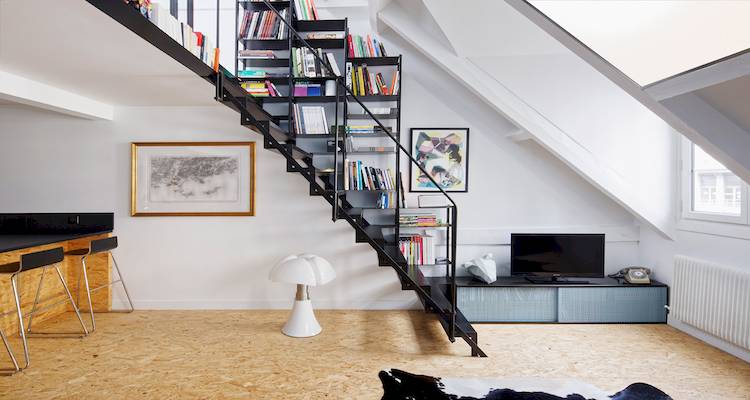
£35,000
Table of Contents
- How Much Does it Cost to Build a Bungalow Loft Conversion?
- Supply Only Costs
- Additional Costs
- Labour Costs and Timescales
- What Impacts Bungalow Loft Conversion Costs?
- What's Involved in a Bungalow Loft Conversion?
- Can I Build a Bungalow Loft Conversion Myself?
- Building Regulations & Planning Permission for a Bungalow Loft Conversion
- Benefits of a Bungalow Loft Conversion
- Hiring Contractors to Build a Bungalow Loft Conversion Checklist
- FAQs
- Sources
How Much Does it Cost to Build a Bungalow Loft Conversion?
Bungalow loft conversion prices for a 20 square metre room can be as low as £25,000 to £28,000 for a very basic finish, or you could pay extra and have a higher quality finish for £30,000 to £35,000. There are also likely to be regional differences, with higher labour fees expected in areas such as London and the South East increasing the overall cost.
A bungalow loft conversion is one of the most rewarding in terms of space as often the loft is the same size as the property's footprint.
This allows for large rooms in the conversion as well as lots of natural light. Of course, the loft's actual square meterage will play a large role in determining the overall cost of a bungalow loft conversion.
Such a small space would not really warrant high end fitting out, but if you did want to make it special, you might pay between £35,000 to £45,000 for this size loft conversion. Although there's always potential to spend even more if you're planning to convert your bungalow loft conversion with premium materials (for example an oak staircase) or installing luxury items such as smart lighting.
However, the average loft conversion will be either 40 square metres for a terraced or semi-detached property or 50 square metres for a detached property.
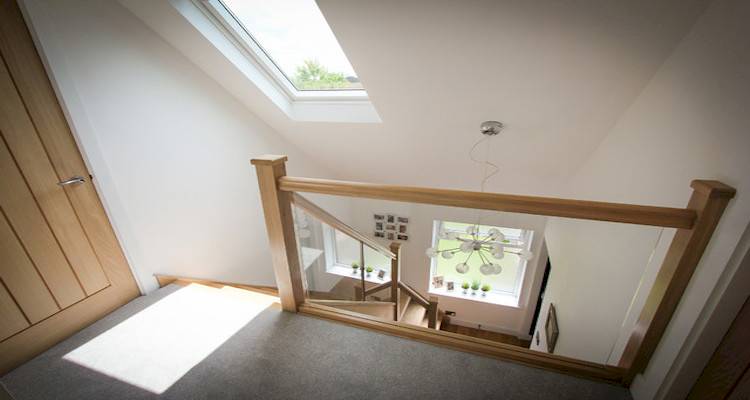
These are the limits set by planning rules for extending the property into the loft or to the side or rear. If it's any larger than this, you will need to apply for planning permission.
Dormer loft conversion will typically be around 40 square metres. Depending on the quality of the materials used and the finish required, the cost of a dormer loft conversion would, on average, be between £30,000 to £60,000.
A detached property will have more scope to develop the loft as, in these cases you are allowed to develop up to 50 square metres.
If your property allows, you could have a mansard loft conversion. Typically, a mansard loft conversion costs between £55,000 to £70,000 if it's finished to a good standard. This would add a significant amount of habitable space to your bungalow.
Location will play a large part in the average cost of loft conversion bungalows, as prices will vary according to where you live.
Typically, in places where living space is at a premium, the cost to extend your home upwards or outwards will be higher than in areas that are not so crowded.
Another cost factor will be access to the site. If this is difficult, then the project may attract additional costs for things like scaffolding and skip delivery, as well as materials and machinery delivery.
Our loft has a tank in it. Does this mean we'll need to remove it and install a new system if we convert the loft?
If you ask a plumber or heating engineer to advise you, they should provide you with free advice and quote for any work needed."
Bungalow Loft Conversion Prices
There are several types of loft conversion, and most are suitable for a bungalow. Below is a list of the average cost of loft conversion bungalows finished to different standards, although this is a guide and end costs may vary depending on materials used.
| Type of Conversion | Estimated Cost Range |
|---|---|
| Rooflight | £20,000 – £50,000 |
| Dormer | £30,000 – £60,000 |
| Hip to Gable | £40,000 – £65,000 |
| Mansard | £55,000 – £70,000 |
A rooflight or room in loft conversion requires no alteration to the structure of the loft and involves purely installing roof lights and strengthening the floor. This has the benefit of providing some basic living space without adding significant weight to the foundations of the bungalow. While they can often be a more affordable option, the addition of bespoke staircases, en-suite bathrooms and smart technology can increase the cost substantially.
A dormer loft conversion is perhaps the most common. It gives additional head height in the loft by removing the slope of the roof, normally at the rear of the property and adding what is in effect a box to the loft. This extra headroom allows the space in the loft to be maximised. The front of the conversion is normally fitted with rooflights that fit into the plane of the roof.
A typical bungalow dormer loft conversion may add two or more bedrooms and a bathroom or ensuite. It can practically double the living space in the bungalow. Bungalows that are detached or semi-detached may benefit from a hip to gable loft conversion.
The hip of the roof is the slope that continues above the gable end(s) of the house. This is removed, and the wall is continued vertically to extend the gable. By building a hip to gable loft conversion, the overall internal space can be maximised, and the amount of headroom increased. In order to achieve a premium finish, the high-end cost of £65,000 can potentially increase to £75,000 (or more) when bespoke designs or expensive materials such as oak staircases and marble surfaces are used.
A hip-to-gable loft conversion costs a bit more though, as there is more construction work involved. The scaffolding needs to be specially adapted in order to provide safe access to the workers.
However, the most expensive type of bungalow loft conversion is a mansard build, and this really does give you the most space in the loft.
However, in almost all cases, planning permission will be required due to the number of structural changes that need to be done to the roof. The roof is altered to a 72° angle and effectively turned into a wall to give the maximum space internally.
Still, as bungalow lofts are already spacious, this type of conversion is rarely needed. Aside from the type of conversion you may want to carry out on your bungalow loft, there is also the consideration of how big the loft conversion will be.
This will also have an implication on the overall cost, although again prices also depend on the type of materials and quality of finish your aiming for with your conversion.
| Area | Estimated Cost Range |
|---|---|
| 20m² | £25,000 – £45,000 |
| 30m² | £30,000 – £68,000 |
| 40m² | £40,000 – £90,000 |
| 50m² | £50,000 – £115,000 |
Supply Only Costs
Few people will be able to build a bungalow loft conversion by themselves, as there are so many trades required and Building Regulations to be met it would be impossible to do it alone.
However, some carpenters and builders do construct their own loft conversions with the help of electricians, plumbers, plasterers etc.… that they know.
Below is the cost of materials only to build various sizes of bungalow loft conversion to different build and finish standards.
| Loft Size | Estimated Cost Range |
|---|---|
| 20m² | £9,000 – £20,250 |
| 30m² | £13,500 – £30,000 |
| 40m² | £18,000 – £40,500 |
| 50m² | £22,500 – £50,500 |
Additional Costs
There are many additional costs associated with building a loft conversion on a bungalow.
Some may be more obvious than others, and some may be optional and depend on your type of loft conversion and what rooms you have added to your house.
Hiring a Skip
Converting a loft will generate a lot of waste and will usually demand the hiring of a skip.
This is the quickest way to get rid of all the old insulation in your loft, old roof tiles and timbers that may be removed and all the other waste associated with major construction work.
The average cost of skip hire is around £220, but this will depend on where you live and the amount of time that you need the skip for.
Underfloor Heating
Many people prefer the unobstructive practicality of underfloor heating as opposed to bulky radiators.
There are two different types of underfloor heating: a wet system that is fed with warm water and an electric system. It's this latter type that is normally found in loft conversions.
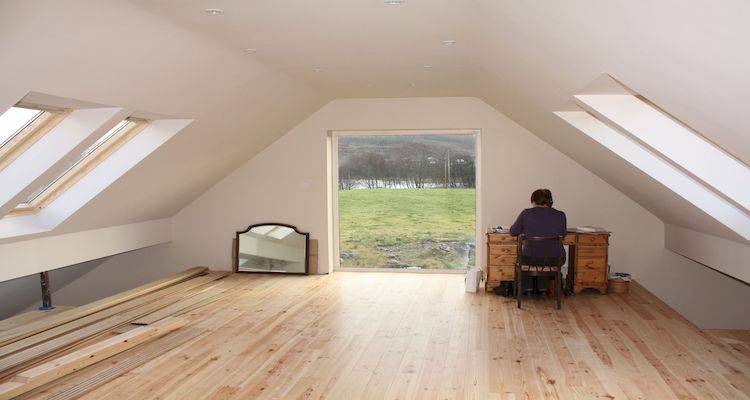
To install underfloor heating as part of a bungalow roof conversion, an electrician will install a heating mat underneath the final floor covering of the room.
Underfloor heating costs, on average, between £2,000 and £4,000 (materials, labour and installation). Although the price you're quoted will depend on factors such as the floor's size, where you're located in the UK and which type of system you choose.
Lighting
Additional rooms in your bungalow loft conversion means that you will need to install new lighting.
The average cost of installing loft lighting is around £120, but the price you're quoted will vary depending on your taste, budget, and needs.
Modern lighting that can be controlled by voice command or an app on your phone can cost thousands, whereas table lamps, downlighters, or pendant lighting can be bought for less than £50.
Whatever you choose to light your new bungalow loft conversion, you should always use a qualified electrician.
Labour Costs and Timescales
A bungalow loft conversion cost will be split between labour and materials. The materials typically account for around 45% of the overall cost and labour, approximately 40% (albeit with labour fees in London and the South East potentially being a higher percentage).
For a self-build loft conversion, there will be some labour costs for electricians, plumbers and plasterers, and it is useful to know what the average prices are for these trades. Below is a look at some of the key tradesmen costs, and again these figures are likely to be higher in certain areas due to regional variances in the general cost of living.
Carpenters
The majority of construction work on a bungalow loft conversion will be done by first fix carpenters. They will install the framework of the loft and the steel joists that support the extra weight of the loft.
This is particularly important in a bungalow where the walls were not built to take the weight of another floor.
The cost of a first fix carpenter is on average £130 to £200 per day in the UK.
Plasterers
Plastering will be an important part of the bungalow loft conversion process, and a plasterer will cost around £150 to £250 per day on average. Some plasterers will install the insulation and plasterboard, but sometimes this will be done by the first fix carpenters.
Occasionally, a loft conversion specialist will have their own 'closing up' team who will fit the insulation and plasterboard. They will typically cost £100 to £150 per day.
Electricians
A qualified electrician must carry out all electrical work in your bungalow loft conversion. This will include the first fix electrics, which involves installing all wiring for power points, lighting, and electrical appliances.
They will also carry out the second fix electrics, which will be installing the sockets, switches, and light fittings. An electrician will typically charge on average £150 to £250 per day, depending on location.
Plumbers
A bungalow loft conversion will normally include at least one bathroom, and indeed, the space that most offer could allow for a bathroom and ensuite, so you will most likely need a plumber.
As with electricians, a plumber will carry out both first and second fix installations. The first fix runs pipework for water and waste to the necessary locations in the loft.
Once the loft has been plastered, the plumber will come and fit the sanitary ware such as the toilet, sink, bath, or shower. A plumber will cost on average £150 to £270 per day depending on where you live, although in the event of needing emergency plumbing then additional fees applies (such as minimum call out charges etc).
Tilers
Some people are very capable of carrying out their own tiling, but most of us will probably prefer to leave this to a professional. If you have a bathroom or ensuite in your bungalow loft conversion, you will most likely need a professional for jobs such as tiling a floor.
The average cost of a tiler for a day will be around £140 to £250, but you will need to supply the tiles and grout yourself. Most tilers are happy to supply the adhesive.
Decorators
For those who are not keen on decorating, hiring a professional decorator will be one of the final jobs for a bungalow loft conversion.
This should be done when all the dusty jobs have been completed to avoid spoiling the finish. A professional decorator will charge around £120 to £200 per day.
What is Included in the Price?
For loft conversion specialists, the labour cost will be included in the quotation you have given. Most reputable contractors have either permanent staff or sub-contractors that they use on a regular basis and will know the costs of each trade.
Pricing for a bungalow loft conversion will take into account the condition, size and location of the property, the type of conversion that the client wants and is feasible and the finish that they wish to achieve.
For this reason, it is difficult to give an average cost for a bungalow loft conversion as each project will be different. Size, budget, and client preference all dictate the bungalow loft conversion cost.
The costs will be for architectural drawings, structural engineer calculations, building control fees, and planning permission if needed. This is on top of all the materials, labour, and extras, such as scaffolding and skip hire.
An average bungalow loft conversion will cost approximately £45,000, but this depends on location, size, loft type and required standard of finish.
How Long Will Everything Take?
The first stage of the process will involve the architect drawing up detailed plans and the structural engineer completing their calculations. This should take no more than a couple of weeks from initial site visits to plans and structural calculations being complete.
If the bungalow is in a conservation area or other designated areas, planning permission will need to be sought. This is also the case if there will be significant structural changes to the property, such as those involving a mansard loft conversion.
Bungalow loft conversion planning permission will take a minimum of eight weeks. During this time, the application will be checked to ensure it is complete and all relevant information has been included.
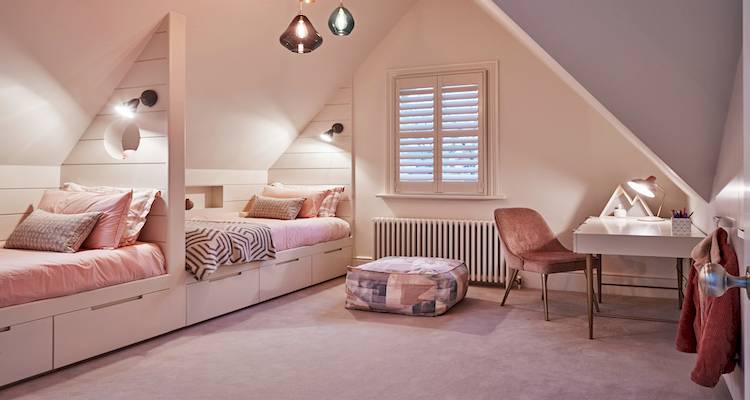
If permission is refused, you can appeal, but this can take many months. The construction phase can take from six to eight weeks, depending on the property's size, type, and location.
A room in loft bungalow conversion that just involves installing roof lights will be completed much quicker than a more complex build such as a hip to gable loft conversion.
The weather can sometimes affect the build stage, especially in the initial stages when it is open to the elements, which can have time implications.
Unforeseen issues such as delays with deliveries of windows or doors can also slow progress. Each phase of the project will be dependent on the one previous to it being completed, and delays can have knock-on effects.
What Impacts Bungalow Loft Conversion Costs?
Many things can affect the cost of a bungalow roof conversion, size of the loft, location of the property, quality of finish, and conversion type.
Size
The size of the loft conversion will have a direct impact on the cost. The larger the space to be converted, the more materials, labour, and time it will take.
The space may be as small as 20 square metres or as large as 50 square metres. The determining factor in the size of the loft will normally be the size of the footprint of the bungalow itself; typically, the larger the bungalow, the larger the loft.
So, while a 20 square metre bungalow loft conversion may cost around £25,000 to £28,000 (or as high as £45,000 for high-end) all depending on finish, a 50 square metre conversion can cost £50,000 to £110,000.
Quality of Finish
The type of finish and fittings that go into the bungalow loft conversion will definitely have a cost implication. There are many aspects of a loft conversion where the choice for low, average, or high-end finish will be available.
Although the construction materials for the frame of the conversion will normally be the same across the board, items such as roof tiles, windows, French doors, flooring, bathroom fittings, and furniture will all be subject to personal taste, budget, and the desired look of the finished loft conversion.
A basic 40 square metre bungalow loft conversion can cost between £45,000 to £55,000 for a basic finish, while a high end, premium finish of the same size can be as high as £70,000 to £90,000.
Size of Property
The size of the bungalow will have cost implications as this usually determines the size of the loft. A large, detached bungalow will typically have a voluminous loft, while a terraced bungalow will be slightly more restricted in size.
A bigger loft will require more work and materials to convert it into a living space, increasing the cost.
Location
The area you live in will be a cost-affecting factor in a bungalow roof conversion and determine how much you pay for labour and materials. While there is no such thing as a cheap loft conversion, there are areas of the UK where prices are lower.
The average cost of loft conversion bungalows across the country may vary, but no more than typical property prices. They may not be as popular in more trendy areas where bungalows are considered the older generation's preserve.
Still, for a savvy investor, a loft conversion bungalow can be property gold. A dormer bungalow may cost around £30,000 to £60,000 in some parts of the UK, but in London, starting prices are likely to be towards the higher end of the scale - this is partly due to higher labour fees and delivery charges for materials.
Access
One of the factors that can often be overlooked as a cost is the ease of access to a building site. Quite often, this issue does not become apparent until you need to receive deliveries of materials, scaffolding or a skip.
Narrow streets, steep hills or winding roads can prove difficult to negotiate for large lorries. This may mean extra costs if a company is delayed while attempting a delivery to you and you haven't mentioned access issues at the time of ordering.
A failed delivery can also incur charges if a re-delivery needs to be arranged, and if you have tradespeople waiting for materials, this can cost you in terms of lost labour time.
Room Type
The use to which you are going to put your bungalow loft conversion will have a cost implication. One of the cheapest rooms to build and furnish is a bedroom, as normally this will just involve stud walls, windows, and the flooring of your choice.
You then just need to decorate and put your furniture in. A bathroom or ensuite is a different story. It will need to be first fixed, i.e., all water and waste pipework installed by a plumber.
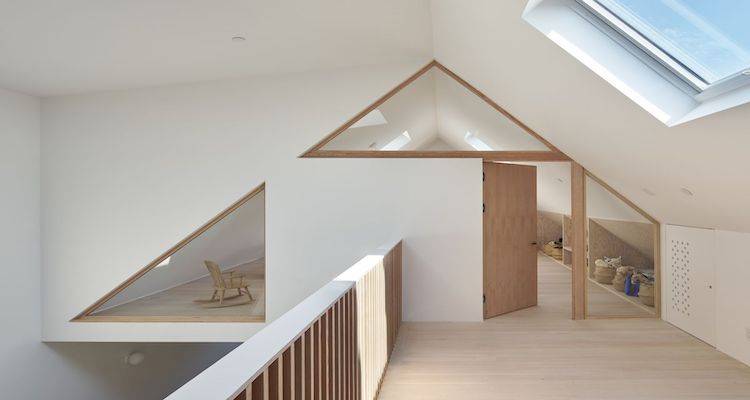
Then it needs to be dry lined with plasterboard and plastered. Following this, the bathroom will be second fixed, meaning that the sink, toilet, bath, or shower will be fitted. The bathroom will probably also be tiled, may have underfloor heating, and will also need to be decorated.
The cost of sanitary ware, tiles, décor, and the labour of a plumber, tiler, and decorator mean that a bathroom will likely be much more expensive as part of a loft conversion than a bedroom.
What's Involved in a Bungalow Loft Conversion?
The process of building a loft conversion follows a logical series of steps from drawings by an architect to the final brushstrokes of a decorator. The transformation of a little used and neglected void under your roof to a practical, useful, and often beautiful living space takes time, skill, and vision.
- Planning Stage - Start by getting at least 3 quotes and ask for examples of their work. Most companies involved in loft conversions will also have architects and structural engineers who create plans, and check your home’s foundations. If the existing footings can’t support the additional weight, your structural engineer will be able to advise if anything can be done before starting the conversion work.
- Applying for Permissions - While many bungalow loft conversions fall under permitted development rights, you will still need to have any paperwork signed off if required. Likewise, if you share a wall with a neighbour, you may need a Party Wall Survey, which costs around £800 to £1,000.
- Scaffolding Hire - This should already be included within your quote, but worth double-checking if required. The scaffolding should only be put up by trained and insured professionals. This then allows for any work to be carried out safely and securely.
- Construction Phase - Once everything is in place, you can start to take delivery of materials and the building process can begin. This will involve creating the main carcass of the loft conversion, as well as any finishing touches to both the interior and exterior of the property.
- Fixtures and Fittings - Whether this involves adding plumbing or electrics, as well as home furniture and those personal touches, your loft conversion will start taking shape as the end-product.
- Waste Removal - Lastly, contractors should then clear up after themselves and unless you have paid for skip hire seperately, this will also include removing any waste from the property.
Different Methods
The methods will change slightly according to the type of loft conversion on a bungalow that you are building. A roof light loft conversion will be quicker and not involve as much construction, it will also be cheaper.
Roof light conversions will only involve cutting out the roof to insert the roof lights and reinforcing the floor, everything else will be down to internal fitting out.
A hip to gable is more complex and will involve more of the roof being stripped as the hip is removed and the gable built up. This is a more expensive and time-consuming loft conversion on a bungalow but will only apply to either semi-detached or detached properties with a hipped roof.
A mansard loft conversion is a large undertaking, although not very common for a loft conversion bungalow. Mansard conversions are typically preferred where space is at a minimum in the loft, and this is rarely an issue with bungalow lofts.
This is a more expensive and complex conversion and will take longer.
Can I Build a Bungalow Loft Conversion Myself?
It is possible for someone to build a bungalow loft conversion as a DIY project, although these people tend to be builders, carpenters, or roofers. To say someone can do it themselves as a DIY project is a misrepresentation, anyway, as there are so many trades involved.
There are also many stages of the build that need to be checked by a Building Control inspector, and knowing at which points this needs to be done is important to avoid undoing work so that elements of the build can be inspected.
For these reasons, most people will hire a specialist loft conversion company to build their loft.
Not only do these companies have the experience, qualified tradespeople, and knowledge, but they will also arrange things like scaffolding, skip hire, material deliveries and Building Control inspections for you.
There are aspects of a bungalow loft conversion that need to be signed off by professionals. As mentioned, there needs to be inspections of the steels and insulation by Building Control which need to be signed off.
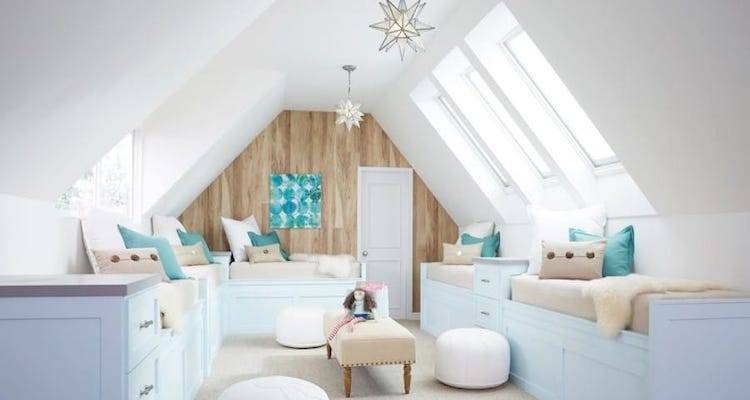
The electrical works need to be completed in line with Part P of the Building Regulations and must be signed off by a qualified electrician. For some bungalow loft conversions, there may be a need to replace the existing gas boiler.
Adding radiators to an existing system, particularly if it is old, may put excess strain on your boiler, and it may need to be replaced. This should only be done by a Gas Safe heating engineer or plumber.
Of course, some jobs in a bungalow loft conversion can be completed DIY and can potentially save you some money. Decorating, tiling or laying flooring are all tasks within the capability of most confident DIYers.
There are, however, always hazards or dangers in completing any DIY work, and you should always take adequate and timely precautions.
This can include wearing safety goggles and gloves when cutting tiles, working from a safe platform when decorating and being careful with power tools when laying floors.
Building Regulations & Planning Permission for a Bungalow Loft Conversion
Most bungalow loft conversions won't require planning permission as they can be constructed under permitted development rights. This is unless you are significantly changing the appearance of your property.
However, the other exception to the rule is if your bungalow is already classed as a listed building, in a conservation or other designated area such as an Area of Outstanding Natural Beauty. In these instances, you will need to request permission from your local planning authority before starting any work.
The cost of applying for planning permission for a loft conversion is around £200, although exact prices may vary depending on whereabouts you are in the UK. If in doubt, contact your local council. Once submitted, approval can take approximately 6 to 8 weeks before you receive confirmation.
As with any major construction work, loft conversions need to meet UK building regulations in order to conform to industry and government standards. In terms of a loft conversion this includes everything from the steel supports required to support your conversion to the type of insulation you use in the roof.
For a bungalow loft conversion, the specific Building Regulations that need to be followed are:
The Part P certificate should be supplied to you from the loft conversion contractor as proof that the electrics fitted in your bungalow loft conversion have been signed off by a qualified electrician.
Once the work is completed, your local Building Control Department can approve the project, which will cost somewhere between £500 and £1,250 in fees (depending on the size of the project).
Information regarding Building Regulations can be found on the Planning Portal or the government and local communities website. The cost for inspections by Building Control to ensure that you conform to Building Regulations should be included in the quote given to you by your loft conversion contractor.
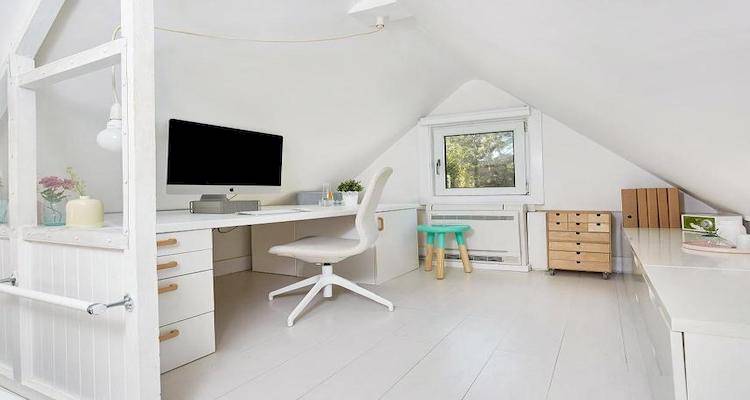
Benefits of a Bungalow Loft Conversion
There are many benefits to enlarging the living space in your home. Typically, the space in the loft accounts for 40% of the volume of the house, and if this is unused, then it is a waste.
Extra Living Space
The benefit of extra habitable space in your bungalow cannot be overstated. British homes have become smaller over the years, and the desire for extra rooms and space in properties has become stronger as houses shrink.
Most bungalows built before the 1960s are large and voluminous with good pitches to their roofs, meaning that their lofts are big and ripe for conversion.
Increase Property Value
Most people will add bedrooms to their loft conversion, which can significantly affect the property value. Adding one or two bedrooms can increase your bungalow's value and make it attractive to buyers who may otherwise not have considered owning a bungalow.
A loft conversion can add 15% to 20% to your house's value, and additional bedrooms will always make it more saleable. The extension upwards also preserves outside space, which maintains the property's attractiveness to buyers.
Accommodates a Growing Family
As your family grows in number and size, you may feel your bungalow is becoming a bit of a tight squeeze. Particularly as children grow into teenagers, they want and need more room and space to themselves.
By adding a loft conversion to your bungalow, you can either provide additional bedrooms, a larger family bathroom or a chill-out zone where teenagers can escape their parents.
A bungalow loft conversion is also a good idea if you have an elderly parent. You can move bedrooms for other family members upstairs and provide your parent with ground floor accommodation.
Removes the Need to Move
By extending your house upwards and providing more living space, you may avoid the need to move with all the stress and expense that goes with it.
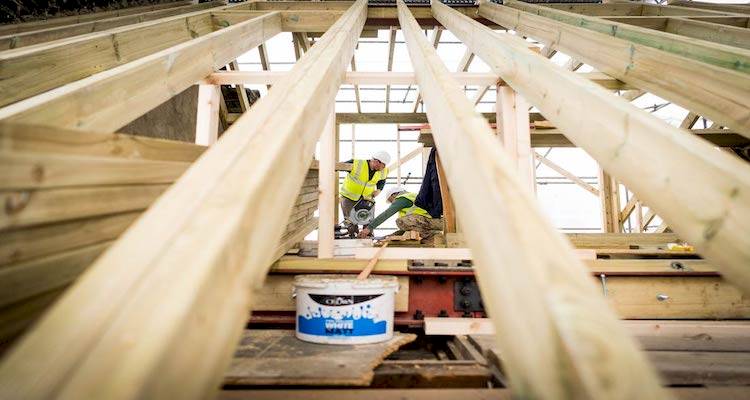
While building a bungalow loft conversion is not cheap, it is nevertheless an investment — while moving costs are not recoverable.
Hiring Contractors to Build a Bungalow Loft Conversion Checklist
Most people will not be able to build their own bungalow loft conversion and will want to hire a contractor or builder to do the work for them.
But how do you find and hire the right tradesperson for this job?
There are a few things that you should consider when thinking of hiring a loft conversion contractor.
Qualifications
What qualifications does the contractor have?
While formal qualifications are not typically a thing to look for in a building contractor, it is important to know what qualifies them to do the job.
In this case, you need someone whose main business is converting lofts. General builders would not be the best option unless they have carried out numerous loft conversions and you have the opportunity to view their work.
Specific experience with loft conversions is one of the most important criteria to look for when choosing a loft conversion contractor.
You should look for a company that has been established for some years and has a good local reputation. Business premises and liveried vehicles are good signs of a stable and successful company.
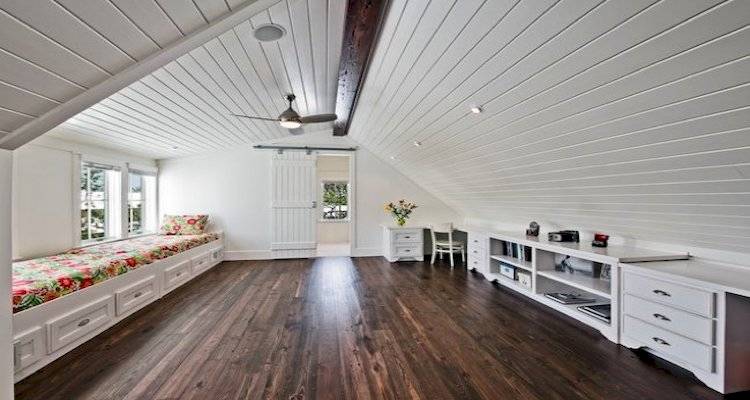
Previous Bungalow Loft Conversions
Where possible, you should ask to see previous work of any loft conversion contractor that you are considering hiring.
Most will be happy to arrange visits with previous clients, which will allow you to see the finished work and speak to the homeowners about the process.
Ratings by previous clients on contractors' websites may or may not be genuine, so treat them with caution.
It is better to get first-hand accounts of a contractor's standard of work, how their workers treated the house and what communication was like between client and contractor. Where possible, speak to previous clients directly.
Accreditation
Are they accredited? If so, by whom?
Many contractors will be members of the Federation of Master Builders (FMB), which promotes high standards, technical competence, and good customer service. They are the largest trade association representing the construction industry in the UK.
Another accreditation to look for is TrustMark, a government-backed scheme that endorses quality workmanship and trading practices.
FAQs
What is the best way to convert a loft in a bungalow?
Are there restrictions on the type of loft conversion for bungalows?
Are all bungalows suitable for loft conversions?
Sources
https://www.planningportal.co.uk/applications/building-control-applications/building-control/approved-documents/
https://www.bespokelofts.co.uk/latest-loft-conversion-news/125/everything-you-need-to-know-about-bungalow-loft-coversions.html
https://propertydata.co.uk/construction-costs
https://www.lights.co.uk/c/smart-home/smart-lighting



